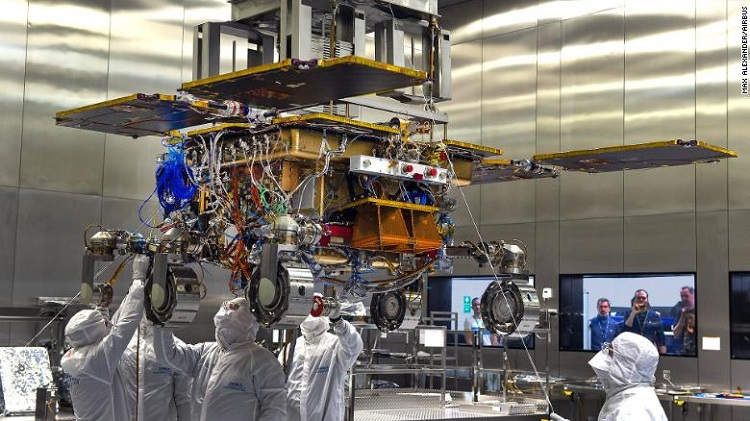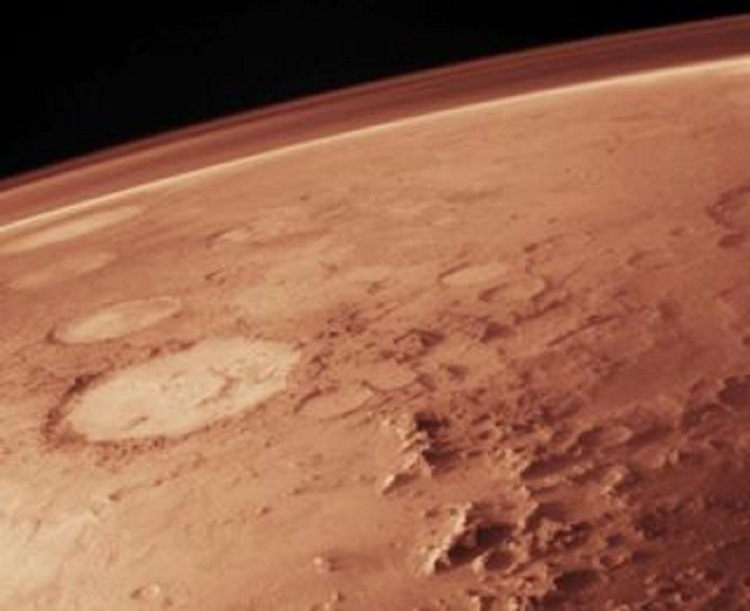Now that interest in Mars has been ramping up, the European Space Agency (ESA) is prepared to take the next step in the form of its ExoMars rover.
It is Europe’s first planetary rover and has been nicknamed “Rosalind Franklin.”
The finished vehicle was displayed by UK Airbus engineers and when it launches on July 2020, it will spend nine months traveling to the Red Planet. Once there, the rover will embark on its primary mission which is to determine if life indeed exists on Mars.
Watch the video of the rover below.
[rumble video_id=v5i7kb domain_id=u7nb2]
Video credit: Rumble
Colin Paynter, managing director of Airbus Defence and Space UK, said, “Seeing the Rosalind Franklin rover finally leave Airbus in Stevenage is a great moment, and I would like to thank all the teams involved for their efforts in making this happen.”
Because of its array of sensitive instruments all packed into one vehicle, the rover will first undergo crucial testing in the Toulouse, France, before heading off on its journey towards Mars.
The instruments that are packed into the rover will help scientists conduct a step-by-step exploration that should hopefully yield clues about whether or not life exists on Mars.
One crucial device is a 2-meter (6.6-foot) drill that will allow scientists to access parts of the Martian surface that haven’t been harmed by radiation. This is because all indications point to the conclusion that the Martian surface is highly radioactive, making it unlikely that life can be found above ground.
Just last week, the rover’s “eyes” were installed. These are precise cameras that will help search for and detect any signs of life. The camera system is called Pan-Cam and was designed by a team from University College London (UCL). They explained that the work was “surprisingly simple” but they had to design the cameras in such a way that they can survive the grueling trip to Mars.
It’s not just the radiation and distance that had to be factored in but also the temperatures that can go as low as -130 degrees Celsius (184°F) at night and go up to 20°C (68°F) at daytime, explained Mary Carter, Pan-Cam project manager.
The testing in Toulouse will determine if the rover will survive once it lands on Mars in March 2021.
The UK Space Agency was proud at completing the rover. The agency invested €287 million ($318 million) in the project, making it the second-largest contributor to the ExoMars mission.
Dr. Graham Turnock, CEO of the UK Space Agency, said, “As we hand the rover over to France for final testing, we should celebrate the huge efforts of the hundreds of people across the UK who have been involved in the design and build of the rover and its instruments.”
It’s an exciting development and anticipation is building about what the rover will discover.
Dr. David Parker, director of human and robotic exploration at the European Space Agency, said, “We’re looking forward to completing the final rounds of tests before the rover is declared flight-ready and closed inside the landing platform and descent module that will deliver it safely to the surface of Mars.”
[rumble video_id=v56yt7 domain_id=u7nb2]




